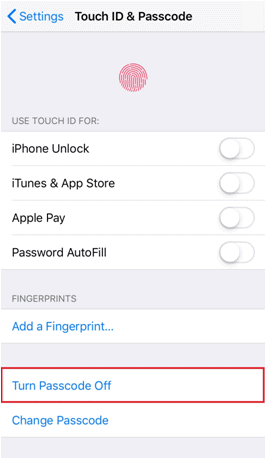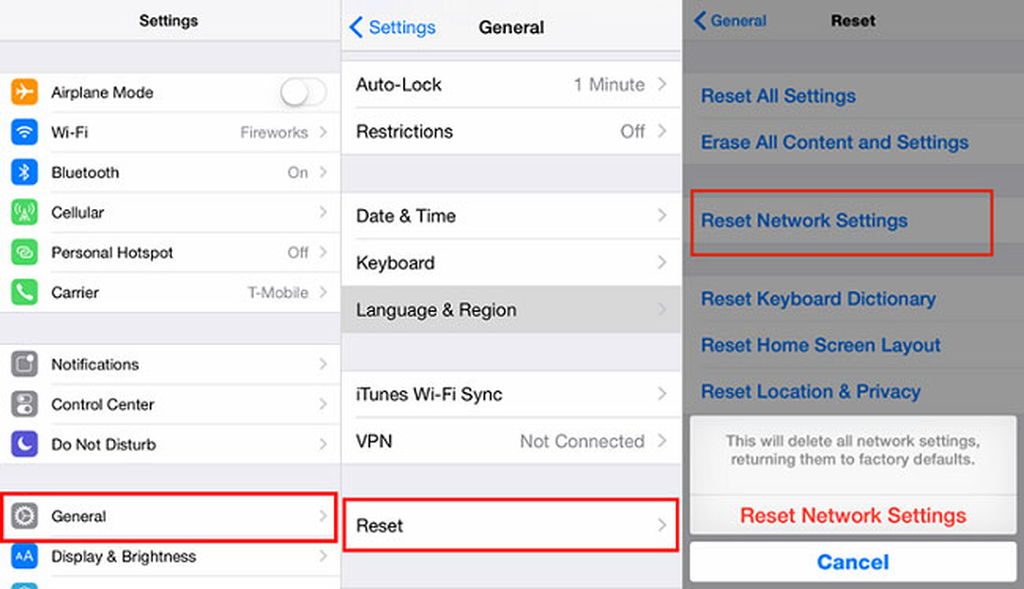The iPhone and iPad Touch ID is a fan favorite among Apple users. Until Apple released FaceID in 2017, it was the best biometric security feature able to authenticate your identity and make purchases in the App Store and elsewhere.
If you’re experiencing issues with your Touch ID, such as being unable to set it up or a different error, then check out this guide on how to fix an iPhone Touch ID not working.
Before You Do Anything: Check Your iOS
When Apple released FaceID, it caused problems for many people using Touch ID. Apple has issued updates to fix this, but occasionally, some iPhones may experience issues.
In certain cases, Apple may have already fixed the issue. So, before you do anything else, try updating to the latest OS.
How to Fix iPhone Touch ID Not Working
Touch ID is a fantastic feature, but sometimes it can be a little fussy. Essentially, several things need to go exactly right for it to function correctly. If there is just one problem along the way, it won’t work at all.
To make things simpler for you, we’ve put the steps in order, working from easier to more complex directions to address the problem. Even if you have already tried some of these steps, be sure to start from the beginning. Also, after completing each step, try Touch ID again to see if it works.
1) Make Sure Your Finger and Fingerprint Reader is Dry and Clean
Use a microfiber cloth, the same kind you’d use for sunglasses or your computer screen, to remove any debris or dirt that may be on your device or finger. If any dirt or debris is present, that could prevent the reader from functioning properly. In some cases, even a tiny drop of water or sweat can prevent your iPhone from reading your fingerprint.

If your Home button looks dirty, clean it with a slow, light, circular motion. Then, reverse direction and gently clean the other way to remove any remaining dirt. Now, reboot your phone and give Touch ID another try.
2) Scan Your Fingerprint with the Right Technique
Touch ID is sensitive. You need to use it the right way. You should lightly touch the Home button, giving the reader a couple of seconds to read your fingerprint.
Don’t press down hard on the button. Instead, make sure your whole finger is lying on the reader while keeping it still.
Sometimes, you might need to rest your finger on the reader and then press the Home button once to unlock it. You can enable/disable this feature under the Accessibility tab in settings. Select Rest Finger to Open under the home button options.
3) Check Your Case and Screen Protector
It’s easy for cases and screen protectors to move out of alignment and block the fingerprint scanner. Also, they may trap excessive heat sometimes. This can prevent the Touch ID sensor from scanning your print.
4) Turn Touch ID Off and On

If a normal restart fails to fix your phone, then refresh your Touch ID by turning the feature off and on.
Under your iPhone settings, select Touch ID & Passcode. After entering your passcode, disable iPhone Unlock and Other Features. Reset your device and then enable this functionality again.
5) Do a Hard Reboot
If these steps haven’t helped, then maybe you need to do a hard restart. Hard restarts clear more memory for a more drastic reset. This action won’t remove any of your data, though.
To do a hard reset, follow these steps:
For iPhone 8 or a More Recent Version:
Press and release the Volume Up, followed by a quick press and release of the Volume Down button. Finally, press and release the Side button until the Apple Logo appears.
For Earlier Models:
iPhone 7 and 7 Plus: Press and hold both the Volume Down and Side buttons for ten seconds or longer until the Apple logo appears. If the “slide to restart” message shows, ignore it until the white screen appears.
iPhone 6S and earlier models: Press and hold the Home and Side buttons for over ten seconds. Ignore the slide bar if it pops up. Keep holding until you see the white screen. Sometimes it can take 20 or even 30 seconds to reset.
6) Delete and Add New Fingerprint
Many users are able to fix the problem by deleting the old fingerprint and creating a new one. Under your iPhone settings, choose Touch ID & Passcode. Then, select each fingerprint and hit Delete Fingerprint.
Restart the phone. Select the Add a Fingerprint option. Input your fingerprints.
7) Reset Your Network Settings

Some users have been able to fix a nonfunctional iPhone Touch ID by resetting their network settings. Under the General tab in settings, select Reset and choose Reset Network Settings. Restart your phone and give it a try.
8) Do a Factory Reset

Factory resets aren’t as scary as they seem. If you regularly sync and back up your iPhone, you have nothing to worry about when you perform this action.
Factory resets will also give you a fresh start on your phone. Connect your phone to the computer or iCloud and do a quick check to make sure everything is recently synced.
Then, under Settings, select Reset All Content and Settings. You’ll have to set up everything again from scratch, so save this as one of your last options.
9) Restore Your Phone Via iTunes
If none of these solutions are helpful to you, then connect your phone to your computer and open iTunes. From iTunes, you can do a full restore of your iPhone.
You should do this as an absolute last resort since it’s an even deeper reset of your phone. Once again, make sure you’ve backed up all your important data to iCloud beforehand.
Unable to Activate Touch ID on iPhone
Some people may be unable to activate touch ID. They’ll receive a message saying, “Unable to complete Touch ID setup,” or the feature will appear greyed out. If you see this, then the steps we’ve mentioned above likely won’t help you.
Instead, begin with the hard reboot from Step 5. You may also want to update your iOS and reset it to factory settings. Then, follow these steps:
1) Unplug Your iPhone
Sometimes, issues with the iPhone cable either overheating or causing software issues can prevent Touch ID from working. Remove the cable from your phone.
2) Turn Off Your Passcode
Under settings, select Turn Passcode Off in the Touch ID & Passcode section. Disabling the passcode enables a soft reset of security settings.
Restart your phone, and then enable your passcode again. Then, try setting up your Touch ID. This behind-the-scenes action can sometimes trigger a fix to the system.
3) Sign Out of Your Apple ID
Under settings, select your name. Then, choose Sign out. Follow the steps, and then log back in and attempt to set up your Touch ID.
My iPhone Touch ID Still is Not Working!
If you’ve followed all of these steps, and you’re still having no luck with your Touch ID, then chances are you’re dealing with a more serious problem. The sensor on your phone may be faulty or damaged. In this case, you’ll likely need to contact Apple for support.
Be sure to mention to them that you’ve already gone through all the steps mentioned above. Over the phone or online, there’s not much else they’ll be able to do.
Your next step will probably be to take your device to a local Genius Bar. You can also send your phone to Apple through the mail, and they’ll be able to make the repair for you.
If your device is still under warranty, then the Geniuses at the Apple Store should be able to perform the fix for free. If you have a valid AppleCare+ plan, that should cover the cost as well.
If your AppleCare+ plan has expired, and if your iPhone is not under an original or extended warranty, you can also find DIY kits online to replace your Home button.
You can attempt to do this yourself if you’d like. You can find YouTube videos that should show you how. Of course, if you try this option, you run the risk of damaging your device and making the problem worse.
Finally, if you’re tired of your old, damaged iPhone and looking for easy ways to upgrade to Apple’s latest products, then you can sell your phone here! Keep in mind that the more recent generations of the iPhone no longer have Touch ID. They went to Face ID, starting with the iPhone X.
Maybe you’ve hung onto your older generation of iPhone for quite some time, but switching to a newer version means you won’t have to deal with TouchID anymore. You can use Face ID, which seldom gives users any issues.







